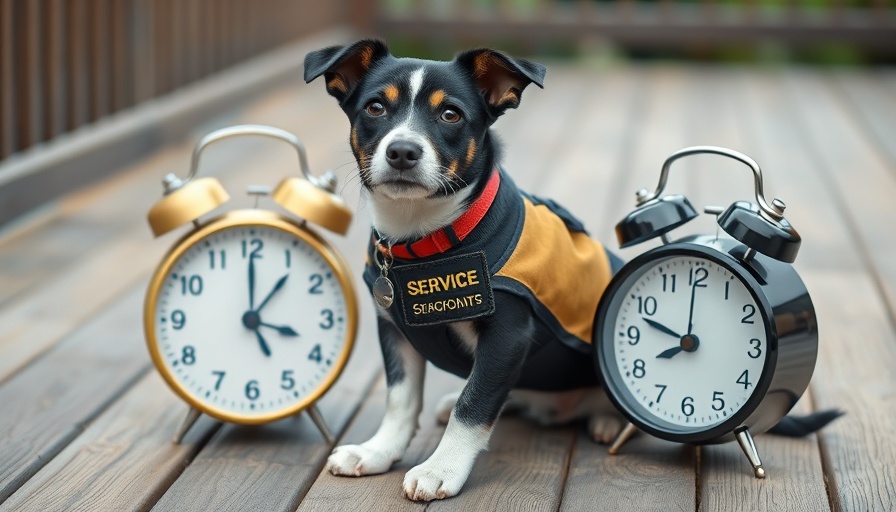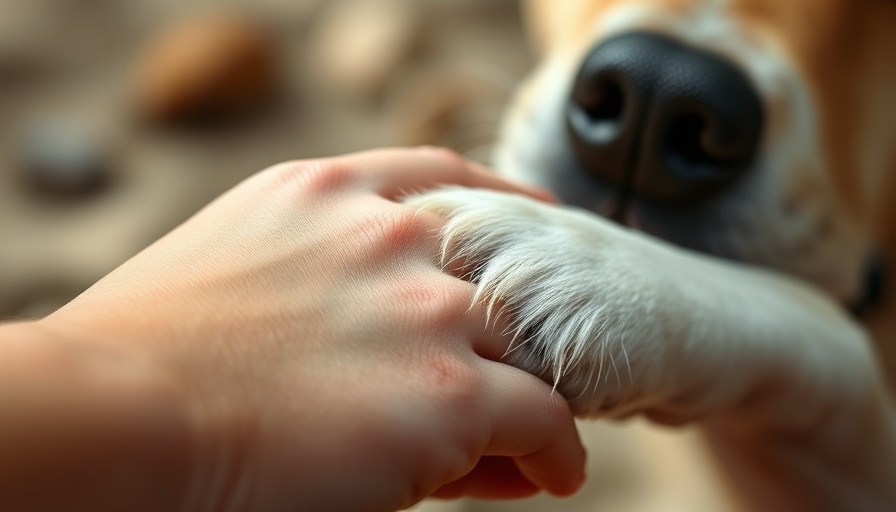
Shifting Paradigms: The Evolution of Dog Training
Dog training is a craft that evolves over time, and for those in the field, it often feels like a journey of discovery. Having trained professionally since the early 1990s, I have been a firsthand witness to the remarkable transformation in dog training methodologies. Initially, the industry largely emphasized lure-reward methods. Today, we have a rich tapestry of techniques at our disposal that better reflect our understanding of canine behavior, psychology, and the human-animal bond.
Foundation: The Importance of Maturity
One of the most significant changes I've adopted is the importance of allowing dogs more time to mature. Rushing into training with young dogs often leads to behavioral issues down the line—for instance, introducing retrieving too early can result in excessive mouthing behaviors, complicating the training process. Acknowledging that dogs have individualized emotional and developmental timelines can significantly enhance the effectiveness of training programs. Waiting until a dog has matured before attempting complex tasks reduces the risk of behavior problems that could compromise their future as service animals.
Building Strong Foundations: Skills Matter
Another vital aspect of modern dog training is dedicating more time to foundational skills. Skills like nose targeting, chin rests, and platform work may seem simple, yet they form the bedrock for advanced tasks. By ensuring these behaviors are taught to fluency, you can teach your dog complex behaviors more efficiently later on. This investment in the early stages of training accelerates overall learning and results in cleaner, more precise task completion.
Strategy and Planning: Enhanced Efficiency
Planning is an underappreciated part of training. Before diving into a session, take a moment to strategize the skills you will cover. By understanding the sequence of tasks and the foundational behaviors required for them, you can prevent confusion and enhance the dog's learning experience. For instance, knowing that backing up may facilitate learning pulling maneuvers allows for a strategic training flow. Proper planning ultimately saves time and reduces frustration for both the trainer and the dog.
Diving Deeper: Understanding Modern Training Techniques
The evolution of dog training also mirrors broader societal changes, thanks in part to the availability of information through social media. In the past, methods like dominance training, prevalent during the mid-20th century, borrowed heavily from a flawed understanding of wolf hierarchies. The dominance theory—once a foundational concept in dog training—has largely fallen out of favor. Today, science-based, humane training techniques emphasizing positive reinforcement are embraced widely.
Future Trends: Emphasizing Canine Mental Health
As we look towards the future of dog training, there is an increasing focus on the mental well-being of our canine companions. Emphasizing play-based training and enrichment is crucial for the emotional health of dogs. With the pet industry booming—projected to reach over $86 billion—there's a growing interest in rewarding methods centered on creating positive experiences. The importance of fostering a trusting relationship between trainer and dog cannot be overstated, as it leads to quicker learning and reduced stress.
Actionable Insights: Creating a Holistic Training Approach
Incorporating techniques that align with modern training philosophies and canine psychology can revolutionize the way we train and live with our dogs. For intentional training outcomes, consider integrating enrichment activities, which can drastically reduce unwanted behaviors that often stem from boredom. When dogs are engaged and mentally stimulated, they demonstrate better behavior and enhanced willingness to learn.
Conclusion: Join the Evolution
The landscape of dog training is undeniably shifting, driven by expanding knowledge about effective and humane methods. Engaging actively with these changes will not only enhance the bond you share with your furry companion but might also transform the way we think about training in the future. Embrace new techniques and insights for a cooperative, trust-based training experience.
 Add Row
Add Row  Add
Add 




 Add Row
Add Row  Add
Add 

Write A Comment